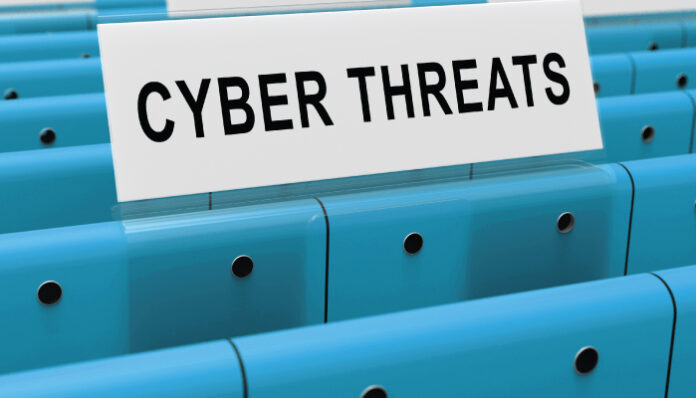Businesses need to have a robust system of cyber threat intelligence process to build business value and offer comprehensive protection to the business.
Many businesses consider site cyber security as a one-step process that can be secured by employing good anti-virus or anti-malware, but this is not simple as it looks. Businesses with large security teams can minimize expenses and skill requirements by adopting external cyber threat intelligence and enhancing the effectiveness of their analysts.
Planning & Direction
This phase of driving business values from cyber threat intelligence start when businesses set their goals for the threat program. The planning and direction stage comprises understanding and articulating the information assets and business processes that need protection. This stage also includes analyzing the potential impacts if these assets get lost or interrupted during the processes. Cyber Threat Intelligence needs the collected data to be very specific to an organization’s unique environment and priorities to derive relevant context for understanding the targets, attacks, and motives. Organizations are required to take into account the infrastructure requirements to leverage CTI.
Data Collection
The next phase of cyber threat intelligence is the gathering of raw data from various disciplines within the cyber operating environment (COE), such as signals intelligence, open-source intelligence, etc. The strategy employed to acquire the data will largely depend on the discipline of intelligence being used and the intended use of the data. By obtaining metadata and logs from internal networks and security devices, this data can be collected naturally.
Also Read: Five Major Trends that will Transform Cybersecurity Landscape in 2023
Cyber Threat Intelligence data can also be gathered by subscribing to threat data feeds from industry associations and cybersecurity vendors. Engaging in oriented interactions and interviews with reliable sources is another way to collect information.
An additional variety of strategies to extract knowledge to use CTI for business growth includes news and blog scanning, scraping and harvesting websites and forums, as well as accessing closed sources like dark web forums.
Processing
This stage is about transforming the collected data into a usable format for the organization. The raw data that has been collected in stage 2, must be processed in some manner via humans or machines as different data collection methods need different means of processing. The processing stage turns all the collected information into useful data in order to highlight the cybersecurity threats. Cyber Threat Intelligence data processing aggregates data making it fit for a common schema that helps in analyzing the CTI process accuracy.
Analysis
This stage is about mainly processing information into intelligence that can drive informed decisions. As per the situation, the decisions might involve potential threat investigation, actions to take to overcome an attack, and how to expand security controls. An analysis of the amount of investment in additional security resources is needed, and that is also part of this stage.
Dissemination
The Cyber Threat Intelligence process’s next stage is result dissemination. The scope of dissemination and timelines must show the consumer needs. The format in CTI dissemination is also an important consideration. This stage comprises extracting the finished intelligence result to the places it needs to be. Businesses must deliver their support to the customers who are offering real-time protection to the users.
Also Read: Ways to Minimize the Financial Impact of Cyber-Attacks
Feedback
Evaluating the business cyber threat intelligence process on the basis of the feedbacks is important to learn the overall intelligence priorities and the requirements of the business security teams that will need the threat intelligence. This feedback will be between the intelligence producer and the intelligence consumer, and it needs to be a collaborative, push-and-pull process to be able to generate actionable upgrading.
The significant advantages of the cyber threat intelligence process in businesses are very important for the success of business operations as it makes business to safe and runs the business safe from cyber-attacks.
For more such updates follow us on Google News ITsecuritywire News. Please subscribe to our Newsletter for more updates.









